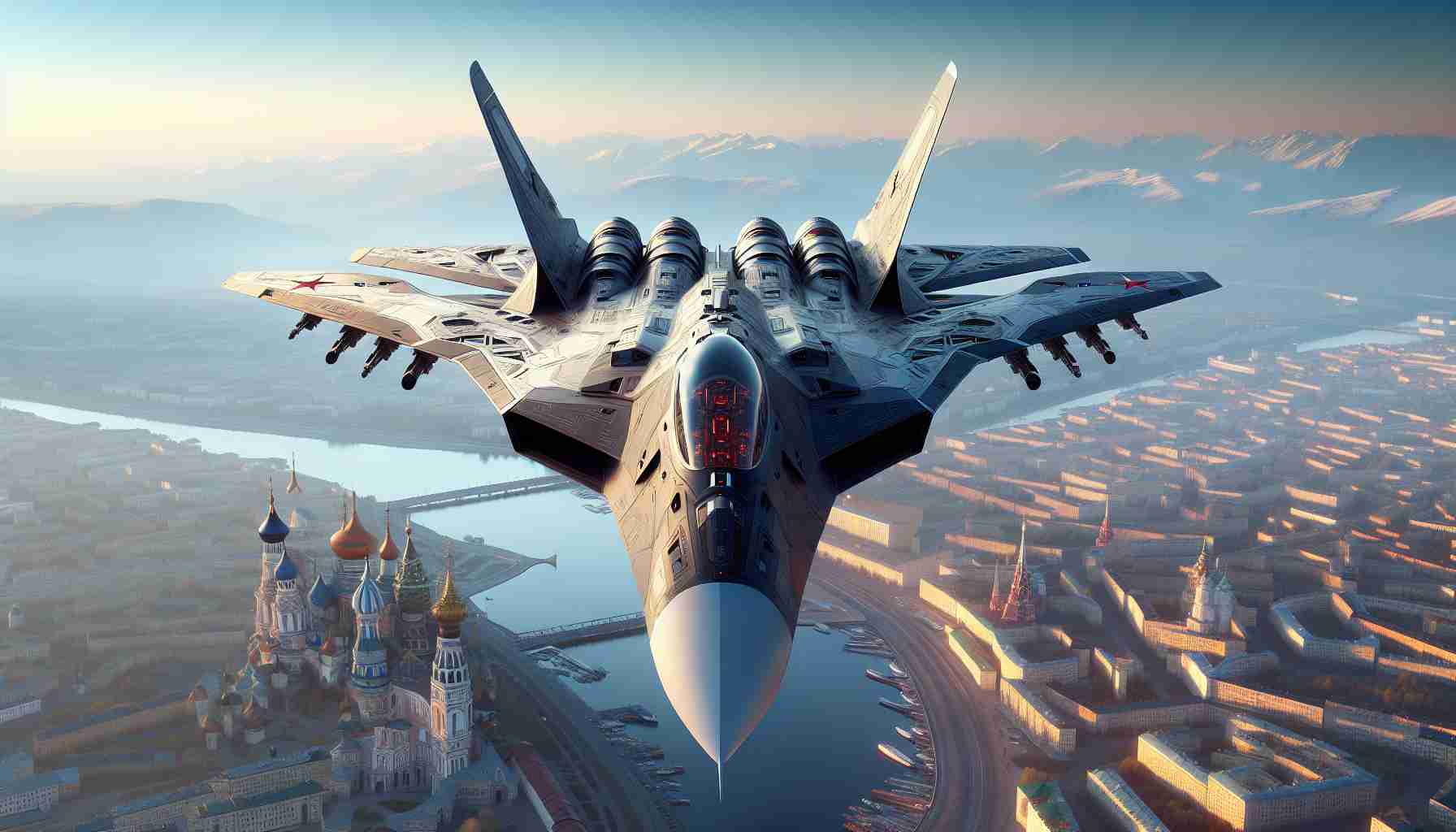The Sukhoi Su-47 Berkut is a highlight in the history of aviation design, standing out with its incredibly distinctive appearance and technological advancements. Developed by Russia in the late 1990s, the Su-47 was a technological marvel primarily recognized for its revolutionary forward-swept wing design.
The name “Berkut,” which means “Golden Eagle” in Russian, perfectly aligns with its agile and sleek profile. The forward-swept wings, a key feature of the Su-47, provided superior aerodynamic performance, significantly enhancing maneuverability at subsonic speeds. This design allowed the aircraft to execute tight turns and maintain control at angles that conventional aircraft would find challenging, making it an ideal candidate for exploring new combat strategies in air superiority scenarios.
Primarily a demonstrator aircraft, the Su-47 played a critical role in testing cutting-edge technologies, which included composite materials, advanced control systems, and radar-absorbing coatings. These innovations, while not deployed in operational service with the Su-47 itself, contributed to evolving designs in subsequent Russian fighter jets, paving the way for developments seen in models like the Su-57.
Although the Su-47 Berkut never entered mass production, its influence on aerodynamic research and modern fighter designs is undeniable, marking it as a significant step in the evolution of military aviation. With its striking design and transformative technology features, the Su-47 remains an iconic example of aerospace advancement.
The Untold Legacy of the Su-47 Berkut: Beyond its Iconic Design
The revolutionary design of the Su-47 Berkut not only influenced future Russian fighter jets but also inspired a global reassessment of aircraft design principles. How did this unique jet impact international aviation innovation and strategy?
The Berkut’s forward-swept wings introduced unparalleled agility, challenging aerospace engineers worldwide to reconsider traditional design norms. This pivot in design philosophy sparked interest among NATO countries, encouraging experimentation with unconventional structures to maintain aerial dominance.
While the Su-47 never saw mass production, its legacy is reflected in the exploration of stealth and agility elsewhere. Could this have shifted military funding and research priorities globally? Indeed, nations started adopting composite materials and radar-absorbing tech as standard, directly increasing attention and funds to develop similar features in their own fleets.
Furthermore, the Berkut’s testbed status for advanced technology indirectly affected commercial aviation. The advancements in control systems and materials are now echoed in modern passenger aircraft, enhancing safety and efficiency. This trickle-down suggests military innovations often become civilian advancements, reshaping everyday travel.
However, controversies surround the Berkut. Does the focus on such futuristic designs compromise more practical aviation needs? Critics argue that while groundbreaking, the emphasis on cutting-edge solutions may divert attention from immediate needs in defense capabilities that prioritize versatility over specialization.
For more on Russian aviation advancements, explore UAC Russia and for general aerospace innovations, check out Boeing. The Su-47’s story is a testament to how one aircraft’s influence can ripple across industries and borders, reshaping both military and civilian spheres.







